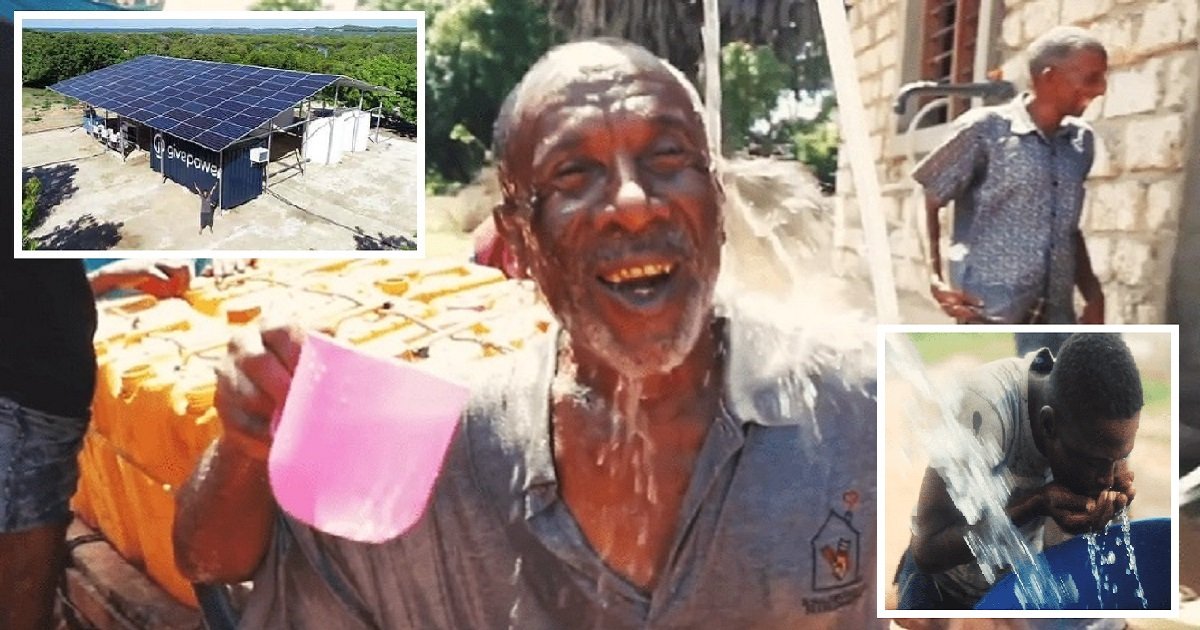If you live in a relatively modern city, then you may take your drinking water for granted.
So it might come as a shock that more than 2 billion people in the world drink contaminated water and 785 million have no access to drinking water services while 144 million rely on surface water, according to a World Health Organization report.
The report adds: “By 2025, half of the world’s population will be living in water-stressed areas.”
Fortunately, modern technology has been catching up to ease the problem of basic access to drinking water. While the areas that need this technology the most are the ones who can’t afford it in the first place, an invention by NGO Give Power has given a small town in Kenya access to this precious resource.
What the NGO did was install a solar-powered desalination plant so that saltwater can be converted into drinking water. And this could pave the way to uplifting coastal regions who have trouble sourcing drinking water.
The solar-powered plant is located in the small town of Kiunga, Kenya. Now, more than 35,000 people have access to clean and potable water every day instead of the brackish water they had been using for years. The solar panels generate 50 kilowatts of energy each day which is enough to operate the plant.
Because of the success of this project, the NGO wants to set up similar plants in other areas around the world that face a similar water problem.
“GivePower’s Solar Water Farm is a breakthrough blueprint solution for coastal areas struggling with water scarcity. With advanced filtration systems and new solar-powered desalination technology, GivePower is converting sea and brackish saltwater into clean and healthy water,” according to the NGO.
Before the installation of the desalination plant, the residents of Kiunga had to travel more than an hour to get drinking water. They were also forced to use brackish water to bathe, cook, wash, etc. If there was a drought, they had to resort to drinking the brackish water which resulted in numerous children dying from kidney failure.
Children with wounds also took longer to heal due to the high levels of salt in their bodies.
“You see children inside of these villages, and they’ve got these scars on their stomachs or their knees because they got so much salt in their wounds. They were basically poisoning their families with this water,” said Hayes Barnard, president of GivePower.
Aside from the children, adults also often suffered from diarrhea and vomiting because of the untreated water. The NGO started by installing solar panels to provide electricity but quickly realized that they needed to address the problem of providing a stable source of drinking water for the people.
“I think having gone through so many years of water being a scarce commodity, I’m not sure they entirely believe it,” said a representative of the NGO.
Give Power added that they want to elevate people from poverty without destroying the environment.
Replaced!




